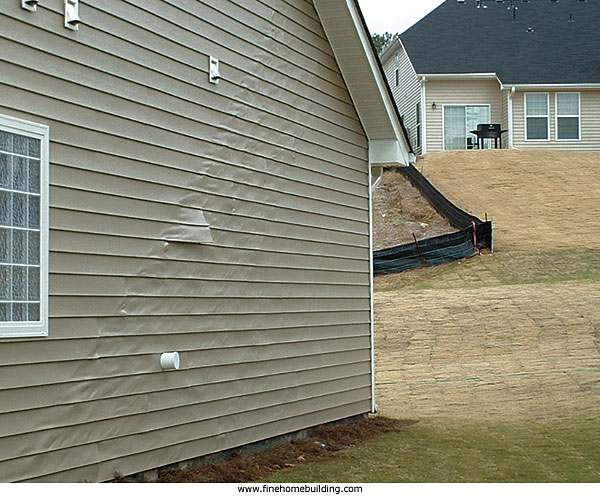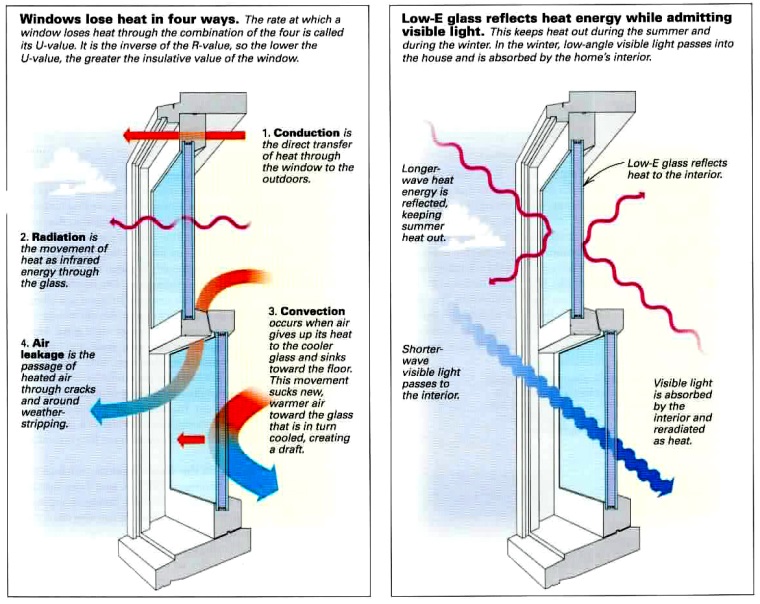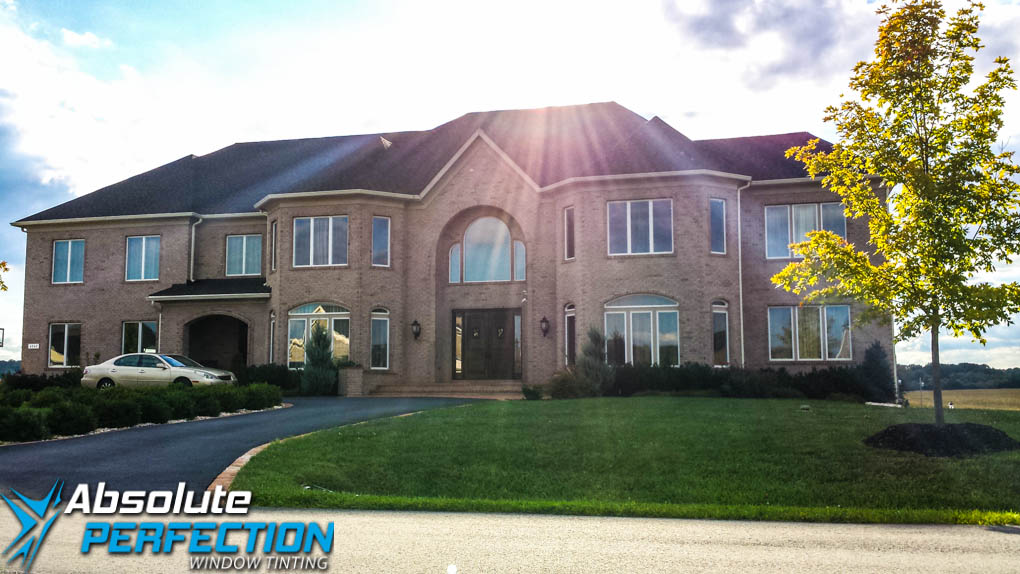Energy Efficient Windows Cause Vinyl Siding Melting
 While many of us think the glare from a window is nothing more than an annoyance, hundreds of people all over the nation are learning just how dangerous that glare can be.
While many of us think the glare from a window is nothing more than an annoyance, hundreds of people all over the nation are learning just how dangerous that glare can be.
When energy efficient windows are under just the right conditions, they can cause a neighboring house’s vinyl siding to melt. It’s called Solar Distortion, better known as Thermal Distortion, and it’s much more common than you think.
Low-E Windows and Low-E Glass
Low-e glass, which comes standard now in new homes, is known for its energy efficiency because it reflects solar rays off of the window and back outside, preventing heat gain in the summer and heat loss in the winter.
Low- e windows are designed specifically to reflect significant amounts of energy. This is to ensure that as little ultraviolet and infrared light enters your home through the window as possible.
What Causes Vinyl Siding Melting
While low-e windows are known for their energy efficiency, they are also known for their magnifying glass effect. This happens because low-e glass is not meant to handle changes in barometric pressure, a natural occurrence in the Earth’s atmosphere.
Low-e windows have a microscopic thin and transparent coating which reflects significant amounts of short-wave solar infrared energy. The change in barometric pressure causes energy efficient windows to become concave, and it’s that concavity that causes the magnifying glass effect.

The heat reflected in the short-wave infrared energy can reach temperatures of more than 200 degrees Fahrenheit. The point where vinyl starts to warp is around 165 degrees Fahrenheit, and it’s the laser beam of short-wave energy reflected from energy efficient windows that melts vinyl siding.
For those thinking the energy efficient windows can only cause these temperatures during the summer, a white paper published by The National Association of Home Builders found that; “The angle of the sun is also a factor. A low angle of sunlight (such as might occur in late fall, winter, or early spring) is more likely to produce the effect.”
The white paper also found that this effect has happened in Minnesota, Illinois, New Jersey, Virginia, North and South Carolina, Georgia and even in Maryland. South and Southwest facing windows seem to be responsible in all of the cases where houses were less than 20 feet apart.
What to do About Energy Efficient Windows Melting Vinyl Siding
Many experts suggest you get heat-resistant siding, considering it can withstand temperatures up to 220 degrees Fahrenheit. However, such an endeavor will cost you up to three times more than regular siding. That’s anywhere between $5,000 and $11,000!
I bet you don’t have that kind of money just laying around. Luckily, Glare Reduction Window Film is the perfect, affordable solution. By placing the Glare Reduction Film on the outside of the highly reflective window, you’re reducing the solar energy being emitted by 94%.
Energy efficient window manufacturers recommend another solution such as planting trees in front of the offending windows. If waiting years for the tree to grow high enough to block the window while becoming an eye sore to your home isn’t exactly your thing, anti-glare film comes in a wide range from light to dark.

Glare Reduction Window film not only benefits the vinyl siding to keep it from melting, it also benefits the home owner whose window is the one doing the melting.
Window film provides protection from those harsh solar rays we talked about earlier. Infrared solar rays cause furnishings and flooring to fade and window film stops those rays from entering your home.
UV rays are what cause skin cancer, and window film is approved by the Skin Cancer Foundation to protect your family and pets from the harsh effects of the sun.
For more information on Glare Reduction Film, contact an AP tinting representative at (888) 481-8468 or click here to fill out a contact form.
